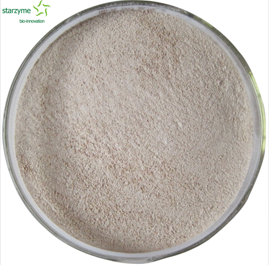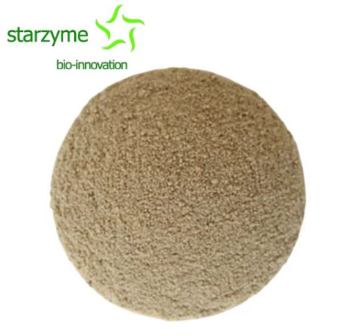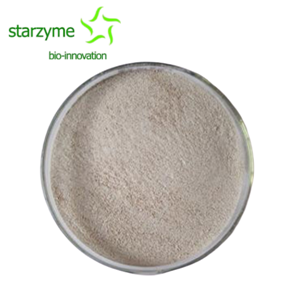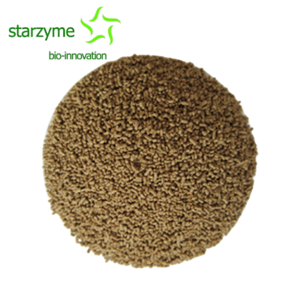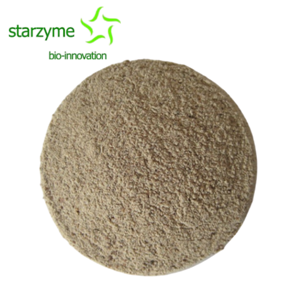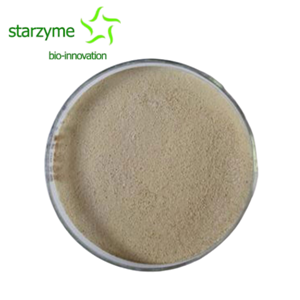Synergy of Bacillus subtilis and Bacillus licheniformis in Aquaculture
The combination of Bacillus licheniformis and Bacillus subtilis can improve aquaculture efficiency and prevent diseases. More specifically, the following can be achieved:
Enhancing the resistance of fish: The combined action of Bacillus licheniformis and Bacillus subtilis can increase the resistance of fish, making them more adaptable to the aquaculture environment and surrounding conditions, thereby reducing the incidence of diseases.
Enhancing the purification ability of water bodies: These two types of bacteria can decompose and absorb harmful waste and nutrients, effectively purifying and regulating the nutrition of water bodies, which is crucial for water quality control and maintenance.
Improving aquaculture efficiency: Furthermore, they can increase the utilization rate of feed, enhance the nutrient absorption capacity of aquatic animals, promote growth, and improve overall aquaculture efficiency.
In addition, Bacillus licheniformis also has the ability to inhibit the proliferation of harmful algae, maintain the ecological balance of water bodies, and further ensure the stability and sustainability of aquaculture. Bacillus subtilis, on the other hand, has gradually gained the trust of farmers due to its non-toxicity and significant effects in water quality regulation.
Therefore, the combination of Bacillus licheniformis and Bacillus subtilis has broad application prospects and important practical value in aquaculture.

